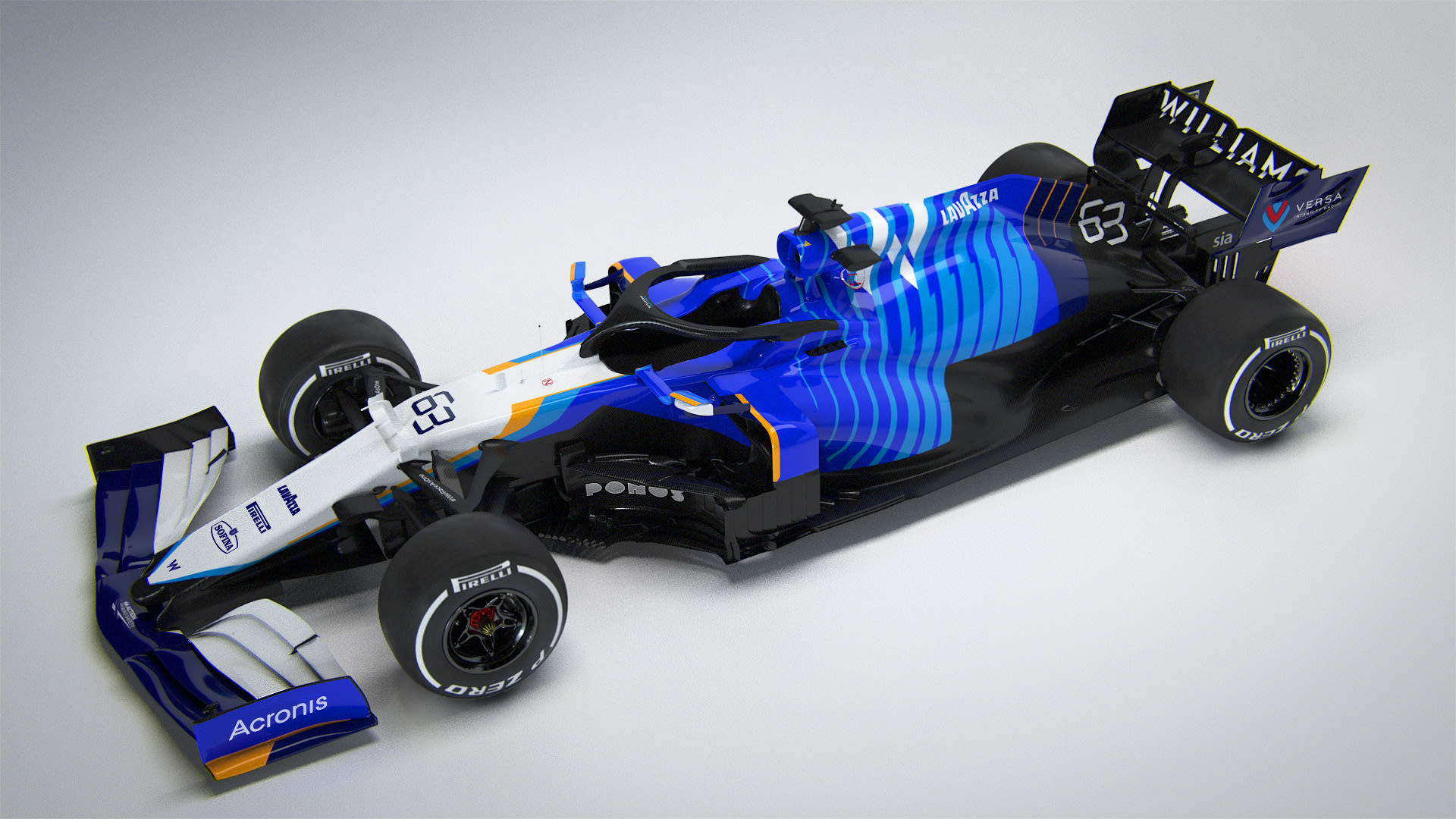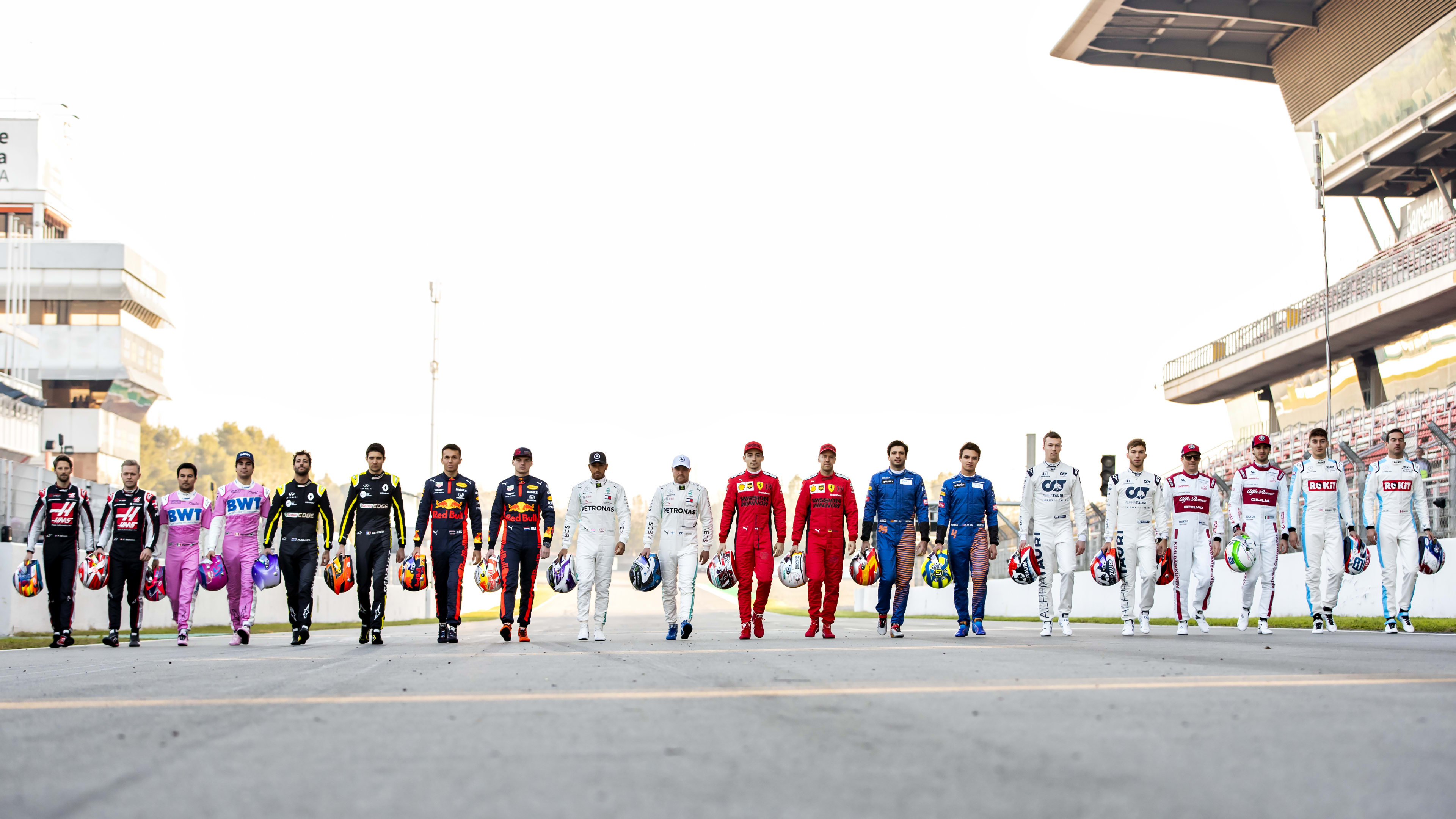

Pierre Gasly was a star performer in qualifying sessions, ending up best of the rest behind the Red Bull and Mercedes drivers five times in 2021. The team was a better match for Ferrari and McLaren throughout the season’s qualifying sessions but that was hardly ever matched on Sundays, even though its pace did improve marginally during the year. From Qatar onwards, the French team’s race pace was comparable with Ferrari’s, which can be seen in the slight downward trend in the graph above.ĪlphaTauri on the other hand was a Saturday specialist outfit. The midfield scrap was a two-team affair but Alpine made decent gains in the latter stages of the 2021 season. It was head of the midfield pack three times in the final six rounds on Saturday and its best gains were on Sundays with better race pace than its one-lap speed.

Its charge to third in the standings really took off with its engine upgrades that both drivers had from the Turkish GP onwards. In the qualifying battle based on best sector times of the interested parties, Ferrari was head of the pack eight times throughout the year, meaning errors elsewhere opened the door as it ended up ahead of the other three teams in 11 of the 22 rounds overall. Outright pace from the Prancing Horse helped that P3 effort to great effect. The fight for third in the championship was predominantly fought between McLaren and Ferrari with the latter eventually winning out. The Hungarian GP is also an outlier after Verstappen sustained sizeable bargeboard damage following the first lap fracas into Turn 1.ĭiscount those crash-affected races, though, and there’s no wonder we enjoyed such a closely-fought season between the two teams: they could hardly be separated. The British GP is reliant on Sergio Perez’s time after Max Verstappen and Lewis Hamilton came to blows at Copse on the opening lap. In this comparison, the race pace of both teams is closer throughout the entirety of the season, with only a few outliers showing up. Once again using Haas’s pace as a baseline, the fight for the constructors’ title was narrow with neither team stealing a great advantage over the other. Those upgrades at Silverstone paired with the mistakes from Red Bull in qualifying showed Mercedes had the better year on Saturdays while the race pace shown by both teams was more closely contested. However, after the British GP, the race weekend which Mercedes brought its final updates to the car with a substantial floor and bargeboard upgrade, the 2021 constructors’ champion was more consistently ahead despite the finer margins. In Portugal, Mercedes was much closer to extracting the maximum from its car than Red Bull, but putting this anomaly aside, the two rival outfits were very evenly matched from the start of the season up to Azerbaijan, after which Red Bull gains an advantage. While Red Bull placed greater emphasis on its single-lap pace throughout the 2021 season, especially in the final races, the data shows Mercedes had the measure of its rivals in the latter stages. Qualifying pace based on best sector times This gives a benchmark time for each team, which can be compared with rivals, allowing us to identify which driver/team combination got more out of the qualifying lap relative to one another.Īs seen below, any divergence between the qualifying chart and best sector times is usually down to mistakes over the course of a flying lap. The qualifying pace comparison chart, takes the sector times set by both drivers in each team and compiles the best sectors into one theoretical fastest lap. Haas is used as the measuring stick as it was consistently the slowest team in 2021 and brought little to no development throughout the year, allowing for a fairly consistent reference. The lower the reference point, the quicker the time relative to the American team. The above chart is a measurement of qualifying pace relative to Haas. So which team made the most of its package last season? By looking at the cars’ theoretical pace at each round, and how they actually performed, we can build up a picture, across the grid, of why last year unfolded as it did, who gained the most, and which teams underperformed. Last year, teams were split between developing their new projects with many opting to focus almost exclusively on the ’22 cars to the detriment of their 2021 season: our data below shows how little they progressed in relation to Haas, the slowest team on the grid, which was focused entirely on this year’s new-generation car.Įven Mercedes and Red Bull, who carried out development well into last season, only made small gains: the champions halted their upgrade schedule at Silverstone and the latter went further still, but both ended the year closer to Haas than they began. With the 2022 Formula 1 season approaching, the new generation of cars are yet to hit the track but their development has already had an impact on the field of play. Sign-up now for access to a limited number of articles.


 0 kommentar(er)
0 kommentar(er)
